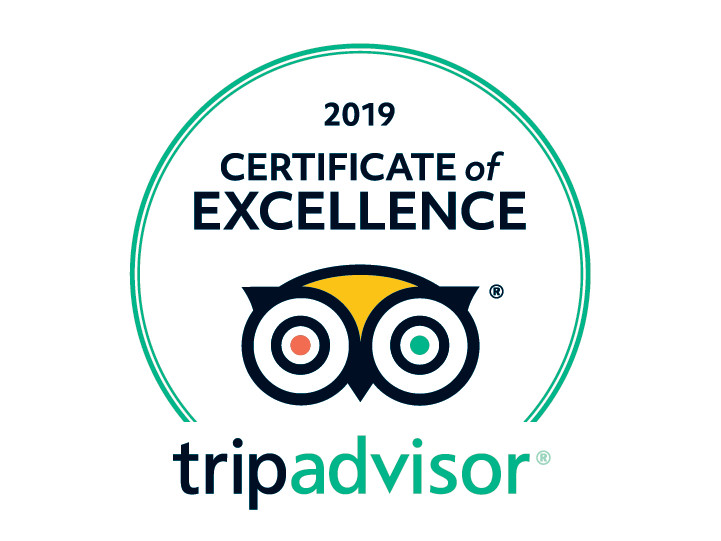Masquerade: Sri Lankan Style
In Sri Lanka masks are believed to have healing and protective powers and have been used in rituals for generations. Today they are predominantly used in dance performances. In rural areas, their use in rituals is still alive.
Participate in a hands-on workshop in mask making taught by a master craftsman, or visit the local Mask Museum!


Literary Leanings: Martin Wikremainghe & The Folk Museum Complex
Martin Wickramasinghe was born on the 29th of May in the year 1890 in the Southern village of Koggala, bounded on one side by the reef–fringed sea, and on the other by the large lake into which the numerous tributaries of the Koggala Oya drain. The landscapes of the sea, the lake studded with little islands, the flora and fauna, the forested hinterland, and the changing patterns of life and culture of the people of the village, were the background of his early years. Martin Wickramasinghe drew inspiration (changed wording) from these facets of life in his novels and short stories and autobiographical writings.
The house in which Martin Wickramasinghe was born has inspired the Martin Wickramasinghe Trust to established a Folk Museum Complex, surrounded by a restored ecosystem planted with hundreds of varieties of indigenous trees and shrubs, (add comma) in which bird life abounds. The house and the surroundings bring to life a little part of the Koggala of yore (add “off yore” - changed wording), which is depicted in vivid detail in Wickramasinghe’s writings.
Textile Traditions: Batik Crafts
The art of making batik was introduced to Sri Lanka from Indonesia by the Dutch. Numerous factories and smaller workshops around the island produce batik items. They are all made using the same time-consuming process of carefully applying wax to the areas not to be dyed.
After each dyeing, the fabric must be fixed, the old wax washed out, and then more wax reapplied for the next round of dye. In this way, the images gradually develop in colour washes as the batik-maker works from light to dark.


Lace: A Labour of Love
Lacemaking was introduced to Sri Lanka in the 16th century by the Portuguese. Hours of painstaking work are needed to produce just a few centimetres and, as in Europe, lacemakers are mainly women.
Galle is the most famous centre of lacemaking in Sri Lanka – you may be approached by hawkers bearing samples of intricate handmade lace as you wander around the lighthouse area of the fort – while the nearby town of Weligama is another centre of production.
A good place to shop for lace is the Shobha Display Gallery in Galle, which showcases the work of local lacemakers. Alternatively, visit the Dickwella Lace Centre, a women cooperative established to revive this venerable island craft, a short drive further along the coast at the Village of Dickwella.
The Fairway Galle Literary Festival
The Fairway Galle Literary Festival, since it was first launched in 2007, has become one of the most anticipated literary events in south-east Asia for both authors and literary enthusiasts around the world. The festival is celebrated each January, in and around the historic Dutch Galle Fort, a UNESCO World Heritage Site, located on the southern shores of the tropical isle of Sri Lanka (Ceylon).
Its intimate format allows visitors the opportunity to appreciate the works of Sri Lankan and international authors, to take part in literary discussions and enjoy other literary, archaeological, ecological, philosophical, cultural, musical, artistic, and culinary activities in a beautiful and unique setting.
Best Kept Secret: Owl and the Pussycat Hotel sponsors the Edward Lear Prize for Poetry at the Galle Literary Festival. Guests at OTP are invited to the Edward Lear Prize for Poetry Awards Event.


